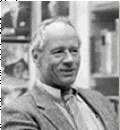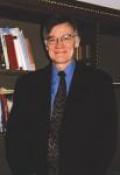Assassinations
After assassinating President Garfield, a lunatic gunman mounted an insanity defense, which the jury--and the nation--rejected, despite compelling evidence to the contrary.
Major Patrick Ferguson's instinct of chivalry spared the life of an American officer with “a remarkable large cocked hat” who was reconnoitering at Chadds Ford and came within range of British rifles.
Seen in its proper historical context, amid the height of the Cold War, the investigation into Kennedy’s assassination looks much more impressive and its shortcomings much more understandable.
Everyone knows that the bullet that John Wilkes Booth fired into Abraham Lincoln’s brain inflicted a terrible, mortal wound. But when a prominent neurosurgeon began to investigate the assassination, he discovered persuasive evidence that Lincoln’s doctors must share the blame with Booth’s derringer. Without their treatment, the president might very well have lived.
This is not a test. It’s the real thing.
The story of how a blast of cool, dry air changed America
MATTERS OF FACT
A century ago a President’s murderer went on trial for the first time in our history. The issues raised then continue to trouble us.
On a warm Florida evening in 1933 a madman with a pistol and a personality profile now all too familiar—“unskilled, unfriendly, unmoneyed, and unwell”—came within inches of altering the course of American history in one of its most critical moments
TRUSTING OURSELVES
Had there been a Warren Commission exactly a century ago, when Abraham Lincoln was shot, its report might have read like the somber, moving, and impressively researched book from which the following narrative is taken.
Did the mysterious Portuguese sea captain help plot Lincoln’s assassination, or was he an informer?





